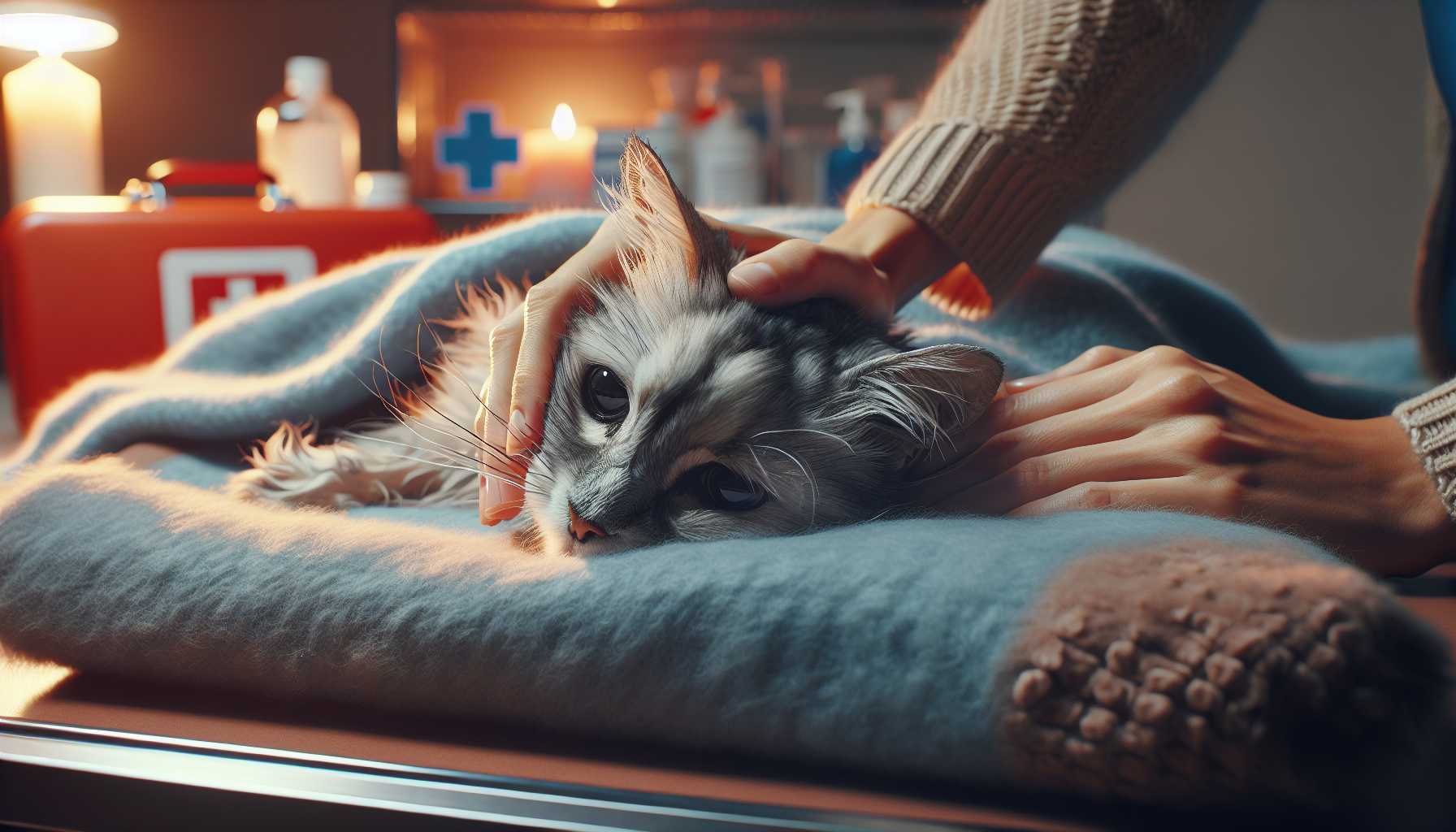Your aging cat has undoubtedly won your heart over the years. As they age, their whiskers turn grey, and their steps become slower, they require additional attention and care, particularly during emergencies. This article guides you on how to safeguard and care for your elderly cat when an unexpected incident occurs.
Typical Emergencies in Elderly Cats
Older cats are more prone to specific emergencies. Keep an eye out for:
– Sudden collapsing or apparent weakness
– Challenging or heavy breathing
– Extreme dehydration
– Accidental slips or injuries
– Episodes of seizures
– Cardiac issues
Building an Emergency Kit for Your Elderly Cat
Prepare an emergency kit with the following vital elements:
– An updated list of prescribed medications
– Soft blankets for warmth and comfort
– Cushioned pet carrier
– A dropper for water administration
– Emergency contact information for the vet
– Detailed medical history of your cat
Identifying Symptoms That Require Immediate Response
Prompt action is crucial when your aging cat exhibits signs such as:
– Over salivation or drooling
– Prolonged lethargy or inactiveness
– Absence of appetite for more than a day
– Trouble using the litter tray
– Apparent confusion
– Unfamiliar or abnormal sounds
Dealing with Medical Emergencies
In such situations, remain calm and follow these guidelines:
1. Analyze the situation meticulously
2. Keep your cat warm and ensure their comfort
3. Immediately get in touch with your vet
4. Avoid forcing your cat to eat or drink
5. Keep an eye on their breathing rhythm and level of consciousness
Safe Transport Advice
Ensuring a secure and calm journey to the vet is essential. Here are some tips:
– Utilize a secure pet carrier with cushions
– Keep the car environment quiet and serene
– Maintain a smooth driving speed to prevent additional stress
– Let someone soothe your cat during the journey
– Regulate a pleasant temperature within the vehicle
Prevention Measures and Regular Care
The most optimal emergency care is prevention. Adhere to these measures:
– Conduct regular health check-ups
– Monitor changes in weight diligently
– Keep your cat’s medications up to date
– Maintain a safe living space for your cat
– Observe any alterations in behaviour
When to Contact Emergency Services
If you notice any of the following symptoms, seek immediate professional help:
– Difficulty in breathing
– Intense bleeding
– Losing consciousness
– Suspected poisoning
– Injuries from falling
– Severe pain-based symptoms
Post-Emergency Recovery and Aftercare
Aid your senior cat in recuperating by:
– Strictly following veterinarian instructions
– Providing a peaceful recovery corner
– Adhering to scheduled medications
– Providing additional comfort and love
– Encouraging usual daily routines
Remember, your aging cat depends on you more than ever before. Keep this guide within reach and feel free to contact your veterinarian if you feel uncertain about anything. Your prompt action can make a significant difference during an emergency.
By staying prepared, calm, and loving, you can ensure you provide your senior cat with the care they need in their golden years, paying tribute to all the years of love and companionship they’ve given you.

